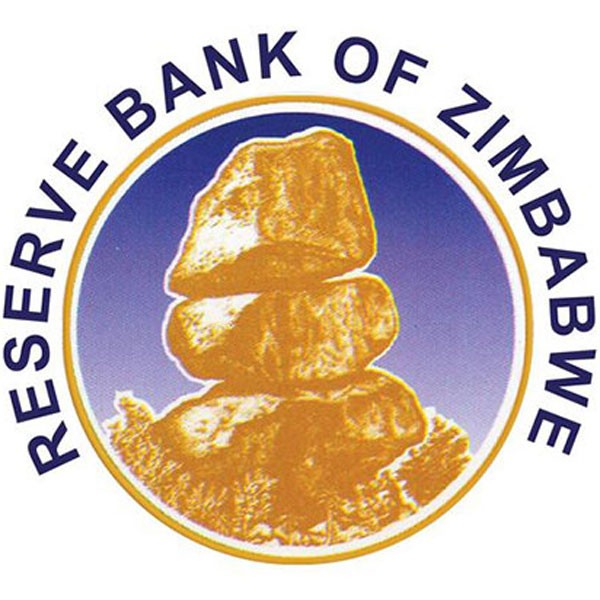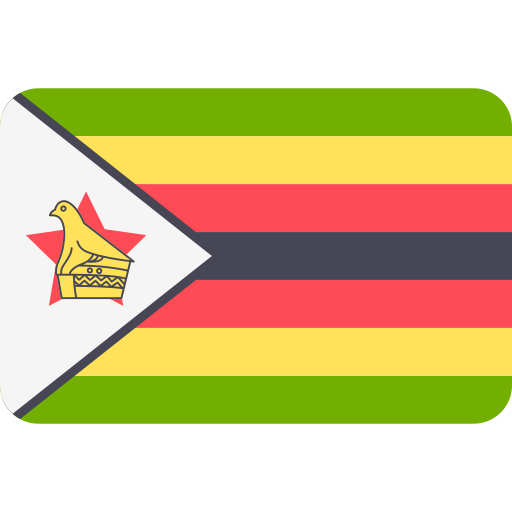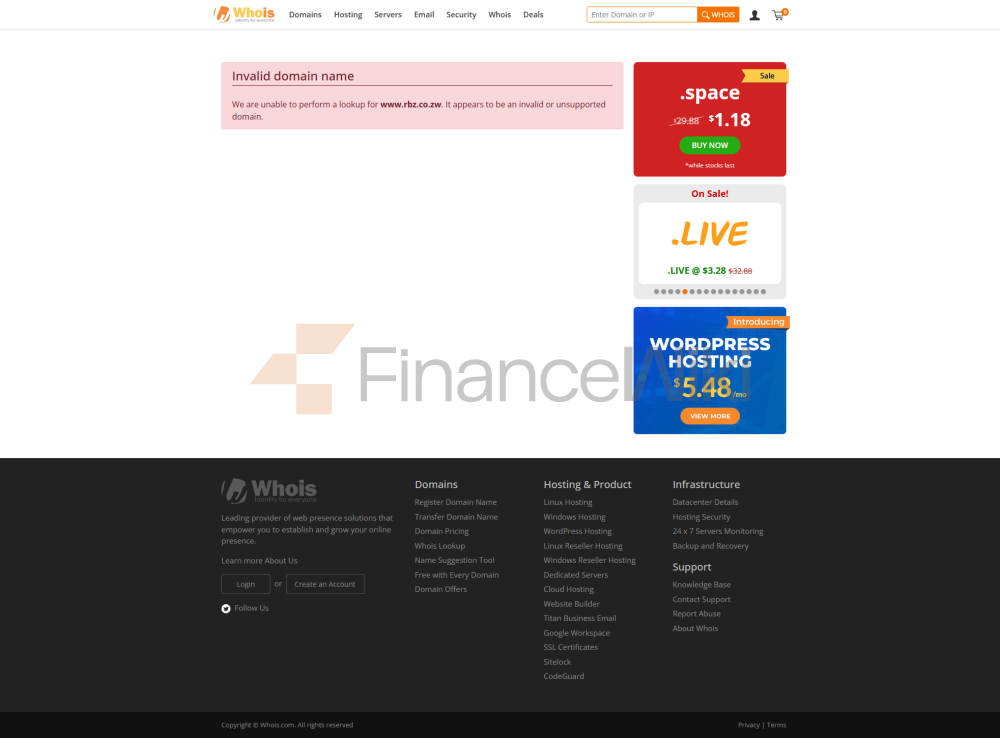The Reserve Bank Of Zimbabwe Is The Central Bank Of Zimbabwe, With Its Headquarters In Harare.
History
The History Of The Bank Can Be Traced Back To The Rhodesian Reserve Bank, Which Was Established On May 22, 1964, But Succeeded The Bank Of Rhodesia And Nyasaland (1956-1963), Which Was Liquidated In 1963 When The Federation Of Rhodesia And Nyasaland Collapsed. Prior To 1956, There Was A Central African Currency Board From 1953, But This Currency Board Was Established In 1938 As The Southern Rhodesian Currency Board To Provide Rhodesian Currency, Fully Backed And Bound To The Pound Sterling At Face Value. The Southern Rhodesia Coinage And Currency Act Of 1932 Established The Local Currency That The Central African Currency Board Was Authorized To Supply To Southern Rhodesia (Colonial Zimbabwe), Northern Rhodesia (Colonial Zambia) And Nyasaland (Colonial Malawi). The Reserve Bank Of Rhodesia (which Became The Reserve Bank Of Zimbabwe Upon Independence In 1980) Continued To Operate Through Various Changes In The Sovereignty And Government Structures Of Rhodesia And Zimbabwe, And Has Grown In Terms Of Operations And Personnel.
Building Location
4 For Many Years, The RBZ Operated From The Reserve Bank Building On Samora Machel Avenue (formerly Jameson Avenue) Adjacent To First Street. In The Late 1980s, A Competition Was Held To Design A New Building. The Winning Design Was Designed By Clinton And Evans Architects, And The Engineer Was Marjem Chatterton; They Also Went On To Design The Reserve Bank Of Malawi Building. Construction Of The New RBZ Building Began In 1993 And Was Fully Completed In 1997, But It Was Officially Opened By President Robert Mugabe On 31 May 1996. The Building Is The Tallest Building In Zimbabwe At 394 Feet (120 Meters) High And 28 Stories Above Ground Level.
Structures And Controls
The Reserve Bank Of Zimbabwe Act Provides For The Establishment Of A Board Of Directors And A Governor. The Governor, Assisted By Three Deputy Governors, Is Responsible For The Day-to-day Management And Operation Of The Bank. The Current Governor Is John Mushayawanhu.
The Governor And His Three Lieutenants Are Appointed By The President For A Five-year Renewable Term. The Governor Also Serves As The Chairperson Of The Board. The Board Consists Of Three Deputy Directors And Up To Seven Other Non-executive Directors And Is Designed To Represent Key Sectors Of The Economy.
Governor Of The Reserve Bank Of Rhodesia
- Anthony Graftae-Smith, 1956-1960
- Richards, 1960-1964
- Noel Bruce, 1964-1976
- Desmond Crowe, 1976-1980
Governor Of The Reserve Bank Of Zimbabwe
The Governor Is Appointed By The President Of Zimbabwe For Two Terms, Each Term Of Five Years, Renewable.
- Desmond Kroger, 1980-1983, Transitional Governor Of The Reserve Bank Of Rhodesia
- Kombo James Moyana, 1983-1993, 1981 Deputy Leonard Tsumba, 1993-June 2003
- Charles Chikola, June 2003-December 2003, Acting
- Gideon Gono, 2003-2013
- 2013-2014, Charity Dhliwayo, Acting
- John Mangudia, 2014-April 2024 Li >
- John Mushayawanhu, April 2024 -
Point Person
- Dr. Jesimen T. Chipika, Deputy Governor
- Dr. Innocent Matshe, Deputy Governor
- Ms. Tsitsi Hungwe, CFO
- Dr. Nebson Mupunga, Director Of Economic Research And Policy
- Mr. Azvinandaa Saburi, Director Of Financial Marekt
- Mr. Farai Masendu, Director Of Foreign Exchange Control
- Ms. Virginia Sithole, Bank Secretary And Director, General Counsel
- Mr. Philip T. Madamombe, Director General Of Banking Supervision
- Mr. Cleopas Chiketa, Director Of Human Resources And Administration
Operations
Harare Reserve Bank Headquarters
The Most Important Role Of The Reserve Bank Is To Formulate And Promulgate Monetary Policy. According To The Bank's Website, As The Sole Producer Of Zimbabwean Banknotes And Coins, It Regulates The Amount Of Currency In Circulation. However, With A Range Of Foreign Currencies Currently Used For Domestic Transactions, Banks Have Limited Ability To Control The Money Supply. The Reserve Bank Is Also Responsible For Managing The Country's Gold And Purchasing And Refining Precious Minerals Such As Diamonds, Gold And Silver Through Its Subsidiary, Fidelity Printers And Refinery. The Bank Acts As An Advisor To The Government And Provides Day-to-day Banking Services To The Government. It Is Also Active In Promoting Financial Inclusion Policies And Is A Member Of The Coalition For Financial Inclusion.
Correlation
Due To Unstable Economic Conditions And Failure To Control Inflation (2008), Economists Have Recommended Abolishing The Reserve Bank. Some Economists Have Recommended Reforms To The Reserve Bank Of Zimbabwe. In 2008, The Lower House Of The Zimbabwean Parliament Debated Legislation With A View To Restricting The Reserve Bank's So-called Quasi-fiscal Activities.








